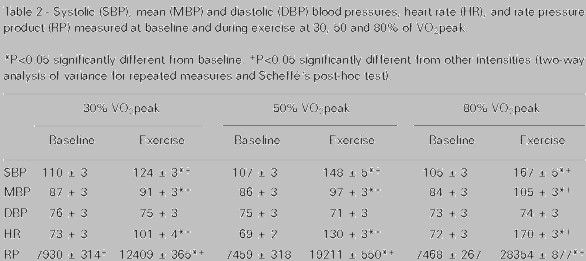This topic contains a solution. Click here to go to the answer
|
|
|
Did you know?
Vaccines cause herd immunity. If the majority of people in a community have been vaccinated against a disease, an unvaccinated person is less likely to get the disease since others are less likely to become sick from it and spread the disease.
Did you know?
Green tea is able to stop the scent of garlic or onion from causing bad breath.
Did you know?
People about to have surgery must tell their health care providers about all supplements they take.
Did you know?
The horizontal fraction bar was introduced by the Arabs.
Did you know?
The U.S. Pharmacopeia Medication Errors Reporting Program states that approximately 50% of all medication errors involve insulin.







